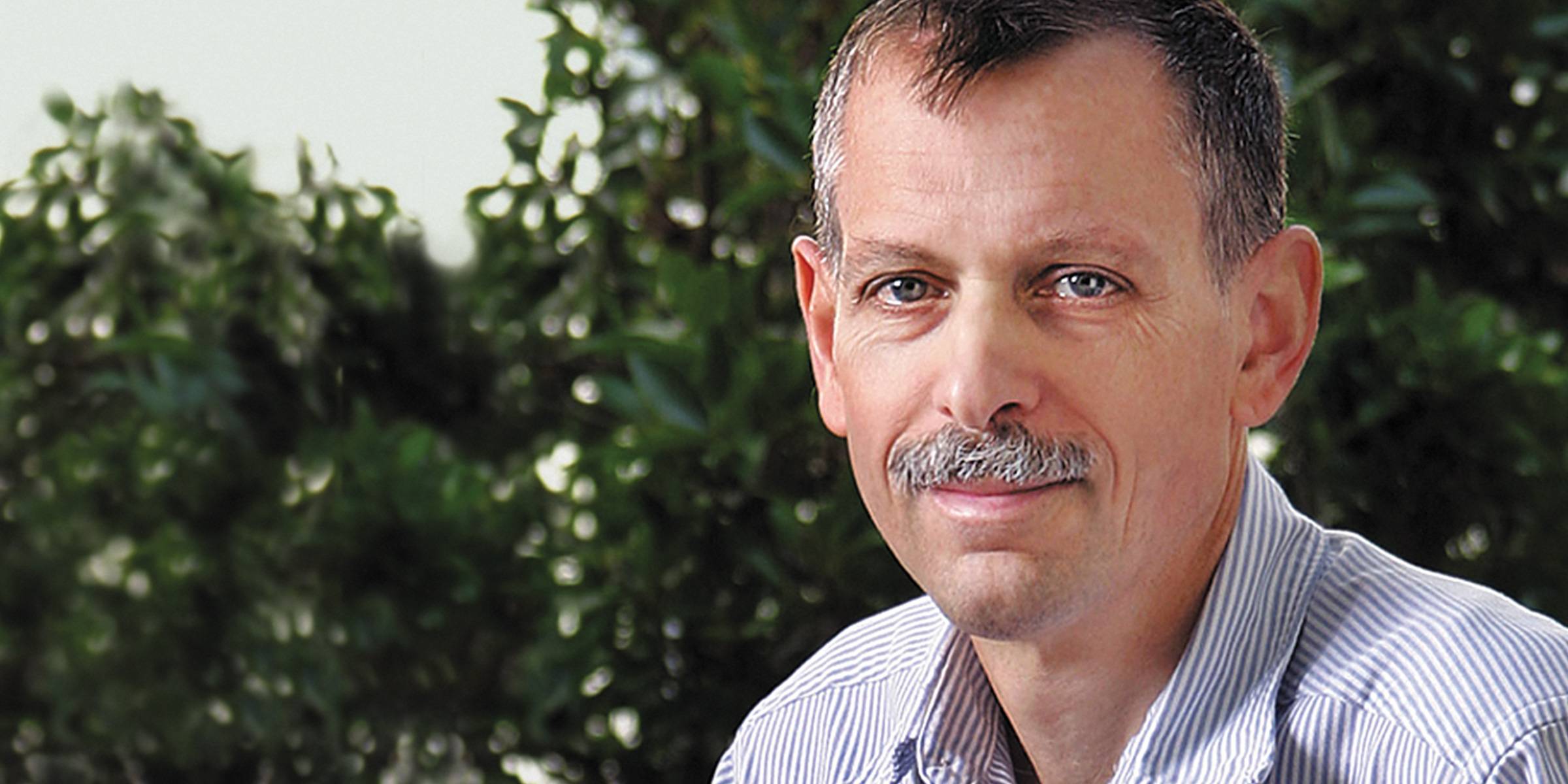Eric D. Siggia, Ph.D.
Viola Ward Brinning and Elbert Calhoun Brinning Professor
Genetics has furnished the parts list for vertebrate development, but not the instructions necessary to assemble those parts and create an embryo. Siggia’s lab studies embryonic stem cells from mice and humans using methods derived from biophysics that permit the self-organization potential of stem cells to manifest itself. The assays reveal how signaling pathways integrate cues across space and time to pattern the developing embryo.
Genetics and genome sequencing have supplied an extensive parts list for how to create an embryo, yet it is still impossible to construct a precise description of the process from genome-scale data. Existing models of signaling pathways have too many parameters to fit experimentally, and they ignore the complexities of cell biology. Siggia’s group recently developed mathematical descriptions for embryonic patterning that encapsulate how a field of cells can react to an external signal and choose between three discrete fates. The resulting mathematics is geometric and naturally meshes with the phenomenological concepts from the pre-molecular era of embryology.
To test this model, Siggia’s group worked with Shai Shaham to develop a microfluidic device for long-term imaging of larval development in C. elegans. The device permits the timed application of genetic stimuli, offering a sensitive test of dynamical models of development. With colleagues at the Sloan Kettering Institute, Siggia is deriving geometric models for fate acquisition in worms.
In collaboration with Ali H. Brivanlou, the Siggia lab uses human embryonic stem cells confined on micropattern substrates to reveal the earliest steps of the signaling pathways that define the body axes. In response to the ligand at the top of the signaling hierarchy uniformly mixed in solution, all three germ layers emerge in reproducibly ordered patterns. Because cell communication via secondary signals is an essential part of morphogenesis, stem cell differentiation provides a quantitative assay for this process. The lab uses quantitative microscopy and image processing to reveal details about the cell biology of signaling between cells that are exceedingly difficult to assay in vivo. Three-dimensional cell culture methods model the human epiblast just prior to gastrulation. These cultures spontaneously break symmetry to create an anterior-posterior (AP) axis, and the signaling pathway responsible can be manipulated and quantified.
Extraembryonic tissues also self-organize. In collaboration with colleagues at the Sloan-Kettering Institute, Siggia uses colonies with defined geometries to assay how the extraembryonic endoderm induces its AP axis by a combination of secreted signals and collective cell migrations. Ultimately, the epiblast that gives rise to the fetus proper and the extraembryonic tissues have to be recombined to dissect the signals between them that coordinate growth and fate specification.
Geometric descriptions of biodynamics are not always evident by inspection, and Siggia, together with colleagues at McGill University, has developed computational evolutionary methods to discover them. These findings have led to proposals for how circadian oscillators can both have a temperature-independent period and the ability to entrain and phase lock to a temperature oscillation. Together with Michael W. Young, Siggia conducted experiments motivated by this theory.
The phosphorylation networks in cells have the potential to act as analogue computers when cells are confronted with discovering changes within a temporal stream of noisy data. Together with colleagues at University of California, San Diego, Siggia recently showed that simple networks can perform close to the mathematical optimum for this problem.
Siggia is a faculty member in the David Rockefeller Graduate Program, and the Tri-Institutional M.D.-Ph.D. Program.
